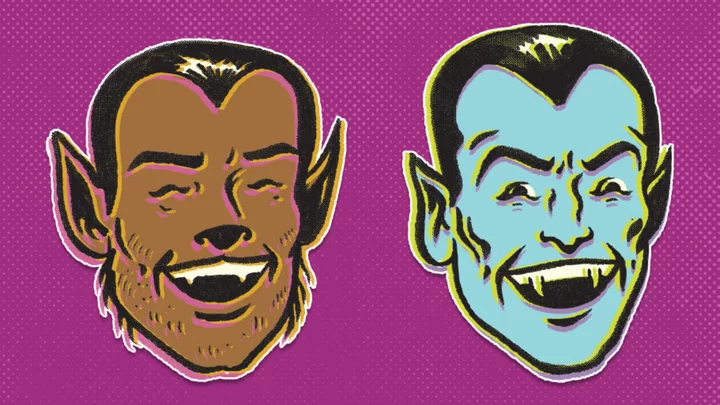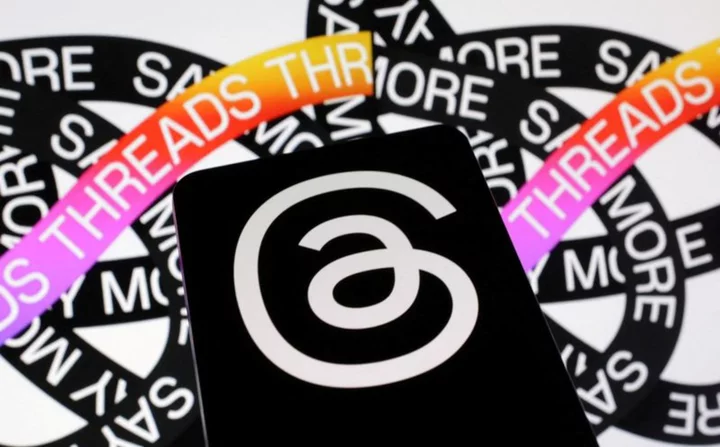Popular fiction has delivered no shortage of monsters that embody our deepest fears and desires. Vampires and werewolves feature prominently in that cornucopia of creatures, each possessing their own unique allure—and terror. The rivalry between these two supernatural entities has captivated audiences for generations, but they weren’t always enemies. In fact, their (often literal) blood feud is a relatively modern creation. So how did they end up at each other’s throats?
The Origins and Evolution of Vampire and Werewolf Legends
Stories of vampires and werewolves have existed almost as long as we’ve had oral tradition and literature.
Slavic history offers evidence of a cultural belief in vampires—not necessarily blood-drinkers, but more often ghostly spreaders of disease—dating all the way back to the 9th century. Serbian officials who wanted to stamp out belief in vampires passed laws in the 14th century prohibiting “vampire burials” (which were intended to prevent the dead from returning), but the superstitions persisted. In the “Vampire Epidemic” of the 18th century, reports of the creatures popped up all over Eastern Europe, where many feared the beings’ terrifying potential.
Werewolf lore also has a rich pedigree, with Norse sagas, Native American legends, and even one of the oldest pieces of literature in existence, the Epic of Gilgamesh, describing men who transformed (or were transformed) into wolves.
John Polidori’s 1819 story The Vampyre marked a shift in the portrayal of vampires when it introduced Lord Ruthven, a charismatic and manipulative monster the led to much of our modern vision of the vampire. This was followed a few years later by stories like Leitch Ritchie’s “The Man-Wolf” (1831). Bram Stoker’s seminal 1897 novel, Dracula, solidified many of the modern, aristocratic attributes of vampires, while Guy Endore’s The Werewolf of Paris, which became a New York Times bestseller in 1933, did the same with the primal ferocity of werewolves.
Which is not to say that the creatures have evolved completely separately. Vampires and werewolves have crossed paths quite a few times in their long histories—it’s thought that, etymologically, one of the terms for vampires used in the Balkans, the Greek vrikolakas, derives partly from a Slavic word for “wolf.” Writing in The Werewolf in the Ancient World, Daniel Ogden, professor of ancient history at the University of Exeter, notes that for some people in the Balkans, “the werewolf has effectively morphed into or merged into the vampire,” adding, “The vrikolakas will still occasionally turn into a wolf, though on the whole his lupine qualities have dissipated, apart, of course, from his fundamental craving for human blood.”
They’ve also converged in literature: When Stoker started writing Dracula, he found some of his inspiration in Sabine Baring-Gould’s The Book of Werewolves—and in the novel, Dracula even turns into a wolf. But the modern rivalry between the two creatures wouldn’t emerge until the 20th century.
Vampires and Werewolves: From Co-Stars to Sworn Enemies
The modern convergence of vampires and werewolves in fiction truly began when film studios discovered the monsters’ appeal in Hollywood’s golden age. Universal Pictures’ Dracula (1931), starring Bela Lugosi, and The Wolf Man (1941), starring Lon Chaney Jr., turned the monsters into enduring archetypes of mainstream horror. A few years later, the studio threw the characters together on-screen—albeit without much actual interaction—in House of Frankenstein (1944) and its pseudo-sequel House of Dracula (1945).
It wasn’t Dracula and The Wolf Man that headlined the film featuring the pair’s first official on-screen battle, though. That honor went to the 1948 horror-comedy Abbott and Costello Meet Frankenstein, which finally gave movie fans a monstrous brawl set against the bumbling antics of the film’s titular comedy duo. Chaney and Lugosi reprised their roles in the film, which has the Wolf Man teaming up with a pair of dimwitted baggage clerks to prevent the vampire’s reign of terror.
The popularity of this silly, early chapter in the vampire-werewolf feud only increased public—and film studio—interest in both creatures in the U.S. and abroad. It wasn’t long before the popular Gothic soap opera Dark Shadows incorporated werewolves into its vampire-centric saga in a story arc that introduced them as a tragic counterpoint to the show’s privileged, aristocratic family of vampires. The 1976 publication of Interview with the Vampire, the first book in Anne Rice’s literary series The Vampire Chronicles, and director John Landis’s 1981 film An American Werewolf in London only continued to stoke excitement in both creatures’ respective mythologies.
Modern storytellers soon saw the potential in the natural conflict between suave, sexy vampires and bestial werewolves, and by the late 20th century, the emergence of the urban horror and supernatural romance genres took the rivalry to new heights, offering a flood of novels, shows, and films. There was even a popular tabletop role-playing game, Vampire: The Masquerade, set against the rivalry of vampires and werewolves.
TV series like Buffy the Vampire Slayer (1997–2003) and Being Human (2008–2013) delivered complex, nuanced relationships for vampires and werewolves. But it was 2003’s Underworld that would go all-in on expanding the mythology of the monsters’ rivalry, expanding their shared mythology to give them a common ancestor. Over the course of five action-packed installments, the Underworld films chronicled the origins and generation-spanning aftermath of the war between the two supernatural species—a war that began when werewolves were enslaved by vampires. Their battles became a backdrop for exploring themes of racial identity, power, and the consequences of immortality.
Books like Laurell K. Hamilton’s Anita Blake: Vampire Hunter and Stephenie Meyer’s blockbuster series Twilight (and its big-screen adaptations) filtered the tension between the creatures through the romance genre. The heightened emotional stakes in these stories added depth to the characters, and to their animosity, allowing for thoughtful explorations of prejudice, loyalty, and the struggle for control, and ushered in the height of the vampires-versus-werewolves feud in pop culture.
The Surprising Humanity in Vampires and Werewolves
The feud between vampires and werewolves might not be enshrined in myth or folklore, but it has struck a chord. From their ancient, mythic origins to their modern-day iterations, these supernatural creatures have personified the struggle between darkness and light, wildness and civilization.
One is a charming creature that fears the daylight; the other is feral and dreads the full moon. Not only is it fun to watch such polar opposites face off—the tension of the creatures, both together and separately, has allowed storytellers to delve into the human psyche and craft tales that explore both the intricacies of morality and the eternal battle between our basest instincts and our noble aspirations.
Whether presented as monstrous foes or tragic allies, vampires and werewolves continue to captivate audiences and often reflects our ever-evolving understanding of what it means to be human.
This article was originally published on www.mentalfloss.com as When Did Vampires and Werewolves Start Hating Each Other?.









